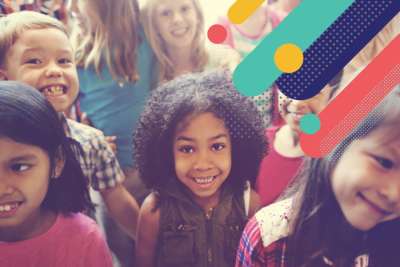The primary benefit is being able to communicate directly with a wide variety of individuals. This ability brings with it options in terms of education, vocation, and social life. Geers and Moog (1989) reported that 88 of the 100 sixteen and seventeen-year-olds they studied had proficiency with spoken language and had high levels of speech intelligibility. The average reading ability of these students was at thirteen to fourteen-year-old levels, which is approximately double the national average for all children who are deaf.
What Are the Limitations of the Auditory-Oral Approach?
As with every approach to educating children who are deaf or hard-of-hearing, not all children will be successful. Unanswered questions remain about auditory functioning (even some hearing children cannot use their hearing well), language processing (some children may also have additional language disorders), and learning styles (some learning styles inhibit the attention and vigilance needed to develop orally). As research provides more information, the small number of children who cannot benefit from auditory-oral education will diminish. Fortunately, the availability of effective amplification removes severity of hearing loss as a limitation of auditory-oral education.
What Are Some Questions to Ask Before Choosing this Option?
The primary question to ask is whether the philosophy and goals of auditory-oral education match the family's philosophy, goals, and ability to participate in their child's education. If the answer is "yes," more specific questions need to be asked of schools and/or programs under consideration:
- Does the school/program offer comprehensive parent education and support?
- Does it have a certified audiologist available?
- Does it have in place a consistent philosophy and practices designed to foster the development of each child's listening skills?
- Does it utilize a recognized speech curriculum that provides for the acquisition of speech skills in a developmental progression?
- Does it employ a language curriculum that is consistently used and that includes appropriate child-centered activities?
- Does it have available a full range of adequately staffed placement options?
- Do the children appear happy and outgoing?
- Are they using speech and language that is understandable?
- Are the parents of children in the school or program knowledgeable about its philosophy and curricula?
- Do parents feel adequately informed about their child's strengths, weaknesses, and progress?
- What percentage of graduates have intelligible speech?
- What percentage of graduates have continued their education beyond high school?
References and Additional Resources
Adam, A., Fortier, P., Schiel, G., Smith, M., & Soland, C. (1990). Listening to learn. Washington, DC: Alexander Graham Bell Association for the Deaf.
Geers, A., & Moog, J. (1989). Factors predictive of the development of literacy in profoundly hearing-impaired adolescents. Volta Review, 91, 69-86.
Ling, D., & Ling, A. (1980). Aural habilitation. Washington, DC: Alexander Graham Bell Association for the Deaf.
Simmons-Martin, A. & Rossi, K. (1990). Parents and teachers: Partners in language development. Washington, DC: Alexander Graham Bell Association for the Deaf.
Stone, P. (1988). Blueprint for conversational competence Washington, DC: Alexander Graham Bell Association for the Deaf.
Alexander Graham Bell Association for the Deaf, 3417 Volta Place, NW, Washington, DC 20007, (202) 337-5220.
The Alexander Graham Bell Association for the Deaf is an international organization of parents, oral hearing-impaired adults, and professionals dedicated to ensuring that every child with a hearing loss grows up given the opportunity to learn spoken language.
Dr. Stone is Director of the Tucker-Maxon School for the Deaf in Portland, Oregon and a past president of the AG Bell Association for the Deaf and the Council on Education of the Deaf.








